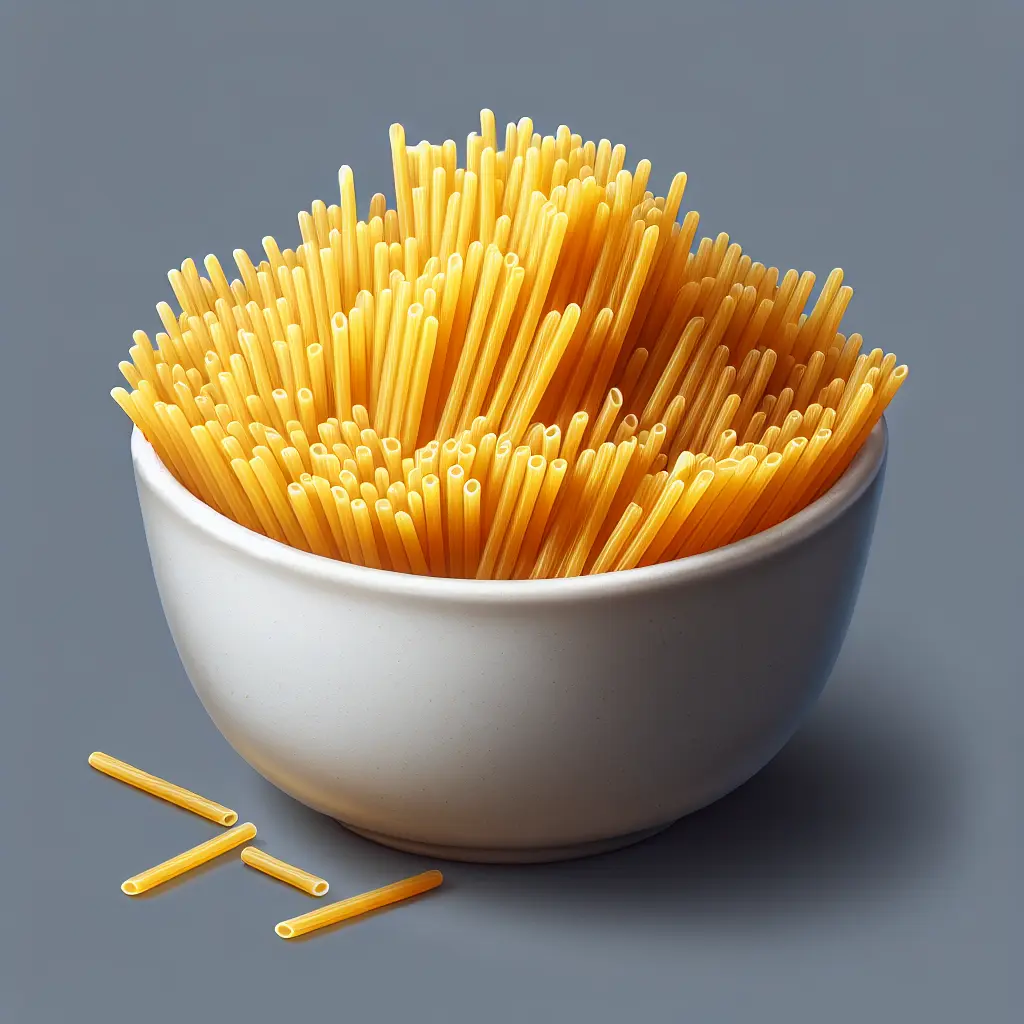Pasta: A Culinary Journey
A Culinary Canvas
Pasta, a culinary staple enjoyed worldwide, traces its origins back to ancient times. Made from a simple dough of flour and water, it has evolved into a versatile canvas for a myriad of flavors and textures. From the delicate strands of angel hair to the hearty tubes of penne, pasta offers endless possibilities for culinary exploration.
Unraveling the Nutrition
In its basic form, pasta provides a substantial source of complex carbohydrates, offering sustained energy throughout the day. It is also a good source of protein, essential for building and repairing body tissues. Pasta's low fat content makes it a heart-healthy choice, while its fiber content aids in digestion and promotes satiety.
Art of Preparation
Mastering the art of pasta preparation unlocks a world of culinary possibilities. The key lies in achieving the perfect "al dente" texture, where the pasta is cooked through yet retains a slight firmness to the bite. To achieve this, bring a large pot of salted water to a rapid boil and add the pasta. Stir occasionally to prevent sticking and cook according to the package directions. Drain the pasta and reserve a cup of the cooking water for later use.
Varieties of Pasta
The world of pasta is a vast and diverse landscape, with each variety offering unique characteristics and culinary applications:
- Long Pasta: This category includes spaghetti, linguine, and fettuccine. Known for their length and thinness, they pair well with light sauces and seafood.
- Short Pasta: Penne, rigatoni, and fusilli fall under this category. Their hollow shapes are ideal for trapping chunky sauces and hearty ingredients.
- Filled Pasta: Ravioli, tortellini, and cannelloni are examples of filled pasta. Encasing fillings like cheese, meat, or vegetables, they offer a burst of flavor in every bite.
- Extruded Pasta: Originating from Sardinia, this type of pasta is made by forcing dough through a variety of molds to create shapes like orecchiette and cavatelli.
Culinary Versatility
Pasta's versatility shines through its ability to adapt to a wide range of flavors and cuisines. It serves as a perfect canvas for:
- Classic Italian Sauces: From the simplicity of marinara to the richness of Bolognese, Italian sauces elevate pasta to culinary heights.
- International Influences: Pasta seamlessly incorporates flavors from around the world, such as Asian stir-fries, Mexican enchiladas, and American mac and cheese.
- Vegetarian Delights: With a variety of vegetable-based sauces and fillings, pasta caters to vegetarian and vegan preferences.
Conclusion
Pasta, a culinary treasure with a rich history and endless possibilities, continues to captivate taste buds worldwide. Its nutritional value, versatility, and ability to adapt to diverse cuisines make it a beloved staple in homes and restaurants alike. Whether enjoyed as a simple dish or as an elaborate culinary creation, pasta remains a timeless culinary delight, ready to satisfy every palate.
How many calories are in Pasta?
Each 1 cup spaghetti not packed of Pasta contains 196 calories.
Pasta Nutritional Information
| Nutrient | Amount per 1 cup spaghetti not packed (124g) |
|---|---|
| Calories | 196 Calories |
| Protein | 7.2g |
| Fat | 1.2g |
| Saturated Fat | 0.2g |
| Cholesterol | 0mg |
| Carbohydrates | 38g |
| Dietary Fiber | 2.2g |
| Sugar | 0.7g |
| Sodium | 0.0012mg |
| Potassium | 0.0546mg |
| Calcium | 0.0087mg |
| Iron | 0.0016mg |
